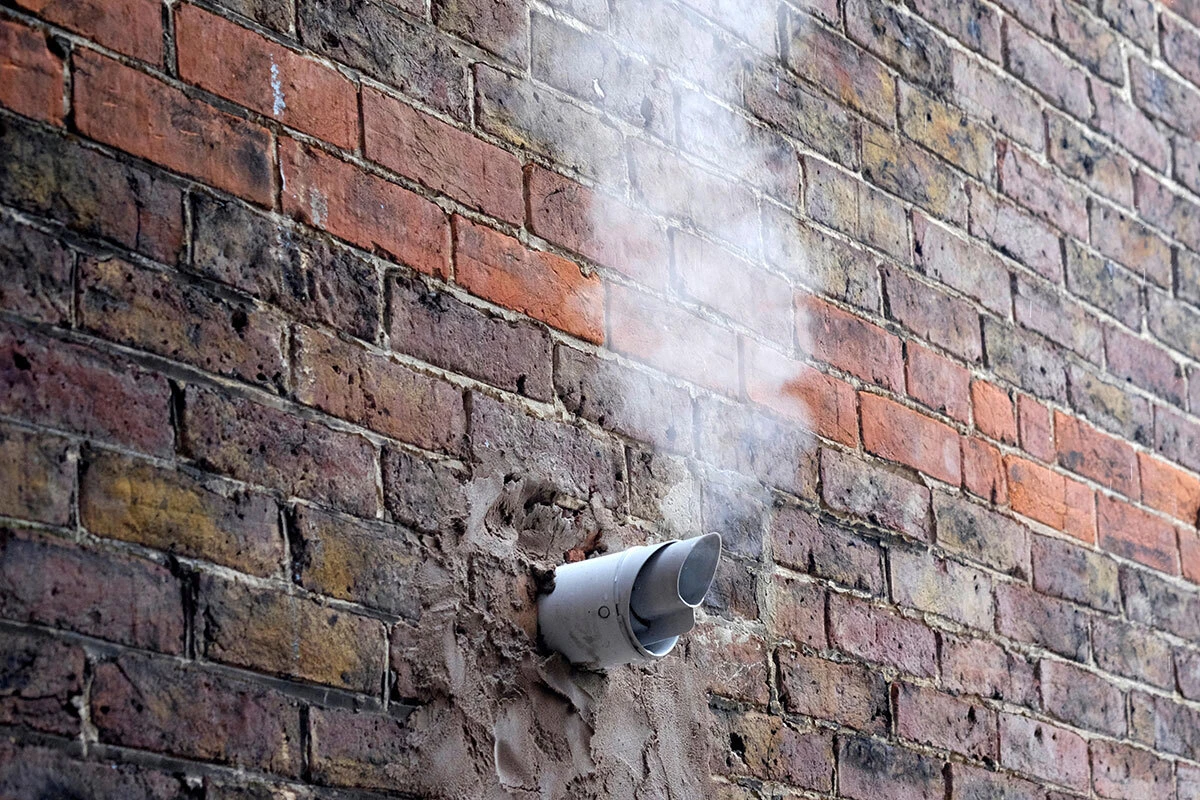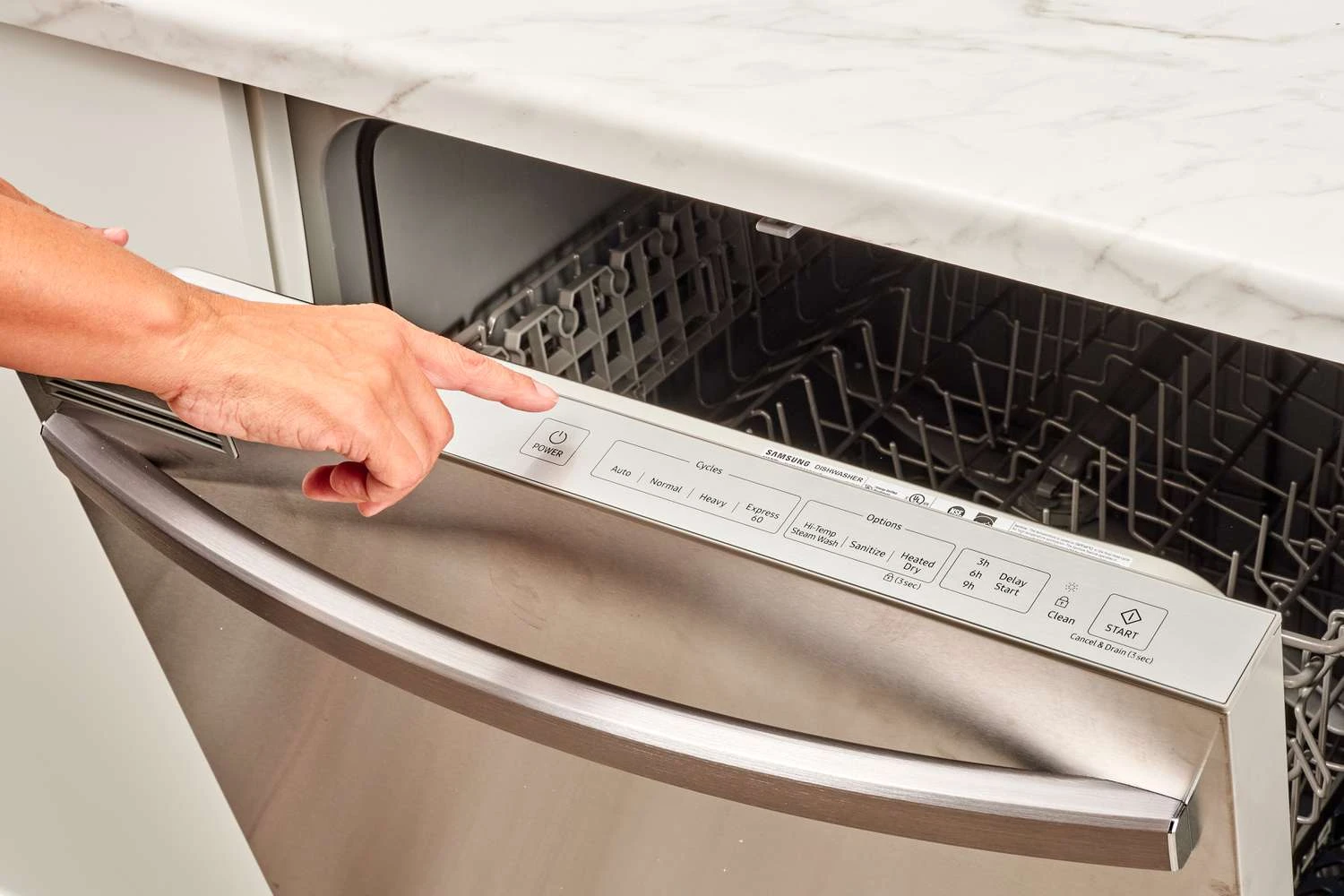17/08/2024
Contents
- What is Flow Rate?
- Why is Flow Rate Important?
- The Role of Incoming Water Supply Pressure
- Measures to Improve Incoming Flow Rate
- When a Combi Boiler Might Not Be the Best Solution
- Understanding Flow Rate Categories
- Minimum Flow Rate Requirements
- Why the Incoming Supply Flow Rate Matters
- The Benefits of a High Flow Rate
- The Drawbacks of a Low Flow Rate
- Choosing the Right Flow Rate for Your Home

When choosing a combi boiler for your home, one of the most crucial factors to consider is the flow rate. Understanding the flow rate required for a combi boiler is essential to ensuring you have a reliable and efficient heating system that meets your household's needs.
In this article, we’ll explore what flow rate is, the minimum flow rate required for different boilers, the role of the incoming water supply, and the pros and cons of varying flow rates.
What is Flow Rate?
Flow rate, in the context of a combi boiler, refers to the volume of water that passes through the boiler and is delivered to your taps and showers.
It's usually measured in litres per minute (LPM). A higher flow rate means more water is being delivered, which is particularly important if you have multiple bathrooms or if your household uses water from several outlets simultaneously.
Why is Flow Rate Important?
The flow rate is a key factor because it determines how effectively your boiler can supply hot water throughout your home. If your boiler’s flow rate is too low, you may find that your shower turns cold when someone uses a tap elsewhere in the house, or it may take longer to fill a bath.
Conversely, a high flow rate ensures that your boiler can provide hot water consistently, even when multiple outlets are being used simultaneously.
The Role of Incoming Water Supply Pressure
While the flow rate provided by your combi boiler is important, it is also crucial to consider the incoming water supply pressure. This is the pressure of the water as it enters your property from the mains supply. The incoming supply pressure plays a significant role in determining the maximum flow rate that your boiler can deliver.
If the incoming water pressure is too low, even the most powerful combi boiler won't be able to achieve its maximum flow rate. This could lead to inadequate hot water performance, particularly during times of high demand. In some cases, if the incoming flow rate is too low, a combi boiler may not be the best solution for your home.
Measures to Improve Incoming Flow Rate
If you’re set on installing a combi boiler but find that the incoming supply pressure is insufficient, there are measures you can take to improve the flow rate:
Accumulator: An accumulator tank can be installed to store water at the pressure of the mains supply. This stored water is then used to provide a more consistent flow rate when the demand for water is high, helping to compensate for any fluctuations in the incoming supply pressure.
Booster Pump: In some cases, a booster pump can be used to increase the water pressure coming into your home. However, this solution should be approached with caution, as excessive boosting can cause strain on your plumbing system.
When a Combi Boiler Might Not Be the Best Solution
If the incoming water supply to your property is too low and the measures to increase flow rate are either not possible or not sufficient, you may need to consider alternative heating systems.
For example, a system boiler with a separate hot water cylinder might be a better option, as it can store hot water and deliver it at a higher flow rates than the mains supply would allow.
Understanding Flow Rate Categories
Flow rates for combi boilers can generally be categorised into three bands: low, medium, and high.
Low Flow Rate (Up to 10 LPM):
Description: Boilers with a low flow rate can deliver up to 10 litres of hot water per minute. This is typically sufficient for small homes with one bathroom and low water demand.
Pros: Lower flow rate boilers are generally more energy-efficient as they consume less water and power. They are also usually more compact and cost-effective, making them a good choice for smaller properties or those on a tighter budget.
Cons: The primary downside of a low flow rate is the limitation it places on water usage. If more than one tap is in use, the water temperature might drop, or the flow could reduce significantly. This can be frustrating, especially in busy households where multiple water outlets may be needed simultaneously.
Medium Flow Rate (10-15 LPM):
Description: A medium flow rate boiler provides between 10 and 15 litres of hot water per minute. This is suitable for medium-sized homes with moderate water usage.
Pros: Medium flow rate boilers strike a balance between efficiency and performance. They are well-suited for homes with up to two bathrooms and moderate water demands.
Cons: While these boilers can handle simultaneous water usage better than low flow rate models, there may still be some noticeable drop in performance during peak usage times.
High Flow Rate (15+ LPM):
Description: High flow rate boilers can deliver more than 15 litres of hot water per minute, making them ideal for large households with high water demands.
Pros: The primary advantage of a high flow rate is the ability to maintain consistent hot water supply even when multiple taps or showers are in use. This ensures a comfortable experience for all household members, no matter how many bathrooms or water outlets are being used.
Cons: High flow rate boilers are typically more expensive and larger, requiring more space for installation. They can also be less energy-efficient if the demand for hot water is not consistently high.
Minimum Flow Rate Requirements
When selecting a combi boiler, it's crucial to ensure it meets the minimum flow rate required for your household's needs. Leading boiler manufacturers, such as Worcester Bosch, Ideal, and Baxi, provide guidelines on the minimum flow rates for their boilers. Let's take a closer look at these specifications:
Worcester Bosch is a trusted name in the UK boiler market, known for their high-quality and reliable products. According to their specifications, the minimum flow rate for their combi boilers generally starts at around 9 LPM. This ensures that even their lower-capacity models can meet the basic hot water demands of small to medium-sized homes.
Ideal Boilers offers a range of combi boilers designed to suit various home sizes and needs. Their minimum flow rates typically start from 10 LPM for their entry-level models, ensuring a steady supply of hot water for small to medium households.
Baxi is another well-regarded manufacturer with a range of combi boilers. Their minimum flow rate generally begins at 9.8 LPM, slightly higher than some other brands, which makes their boilers a robust choice for small to medium-sized homes.
These figures are general guidelines, and the actual flow rate you'll need depends on your specific household needs, including the number of bathrooms, the number of people in the home, and your hot water usage patterns.
Why the Incoming Supply Flow Rate Matters
It’s essential to ensure that the incoming supply flow rate can match or exceed the flow rate capabilities of your chosen combi boiler. Installing a combi boiler with a higher flow rate than what your incoming supply can provide will result in underperformance.
The boiler won't be able to achieve its rated flow rate, leading to inadequate hot water supply, which can be particularly frustrating during high-demand periods.
The Benefits of a High Flow Rate
A high flow rate offers several advantages, especially for larger households or those with higher hot water demands:
Consistent Hot Water Supply: With a high flow rate, you can enjoy hot water from multiple outlets simultaneously without experiencing a drop in temperature or pressure. This is particularly beneficial for households with more than one bathroom.
Faster Filling Times: Baths and large sinks will fill more quickly with a higher flow rate, saving you time and making your home more convenient to live in.
Increased Comfort: A higher flow rate ensures that everyone in the home can use water without worrying about interruptions, enhancing overall comfort and satisfaction.
The Drawbacks of a Low Flow Rate
While low flow rate boilers can be more energy-efficient and economical, they come with several potential drawbacks:
Reduced Performance During Peak Times: If multiple water outlets are in use simultaneously, a low flow rate can lead to reduced water pressure and temperature, making it challenging to meet the demands of a busy household.
Longer Waiting Times: Filling a bath or waiting for hot water at a tap can take longer with a low flow rate, which can be inconvenient, especially in larger homes.
Potential for Inconsistent Water Temperature: With a lower flow rate, there’s a higher chance of temperature fluctuations, especially if the boiler is struggling to meet demand.
Choosing the Right Flow Rate for Your Home
Selecting the right flow rate for your combi boiler depends on several factors:
Household Size: The more people in your home, the higher the flow rate you’ll need to ensure everyone can access hot water when they need it.
Number of Bathrooms: If you have multiple bathrooms, especially with large baths, and multiple showers, a higher flow rate is essential.
Water Usage Habits: Consider how often you use hot water simultaneously, such as running a bath while the washing machine is on or taking a shower while the kitchen tap is in use.
Incoming Supply Pressure: Ensure that the flow rate you expect from your boiler matches the flow rate of the incoming water supply. If the incoming flow rate is too low, opting for a boiler with a lower flow rate might be more practical, or you may need to consider installing an accumulator or a different type of boiler altogether.
Conclusion
Understanding the flow rate needed for your combi boiler is crucial to ensuring you choose the right system for your home. By considering the size of your household, the number of bathrooms, your water usage habits, and the incoming water supply pressure, you can select a boiler with a flow rate that meets your needs.
Remember, it’s not just about choosing the highest flow rate available; it’s about matching that flow rate to your home’s incoming water supply













